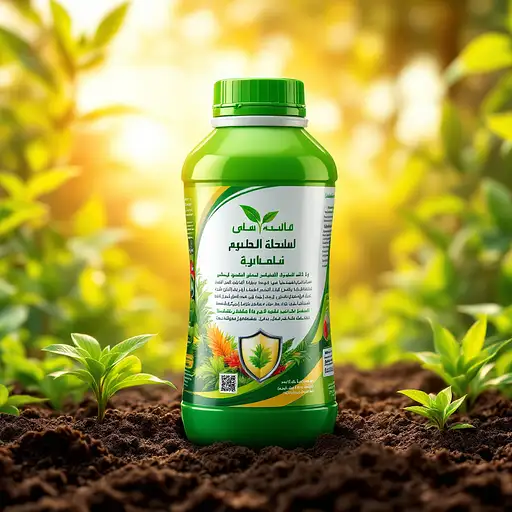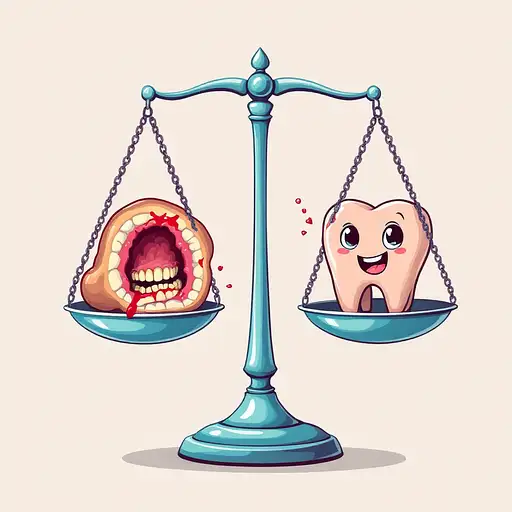2 months ago
Create an abstract painting where the cybernetic figure emerges from and decays into pure urban filth. The 3/4 pose should barely hold together, disintegrating into a maelstrom of caustic paint effects, chemical burns, and toxic waste. The pink hair should look like it's been dragged through hell - rendered as violent, contaminated streaks that appear to be actively decomposing, with areas where the paint bubbles and splits like festering wounds. Treat the canvas like an abandoned city wall - build up thick, crusty layers of media only to deliberately destroy them. The metallic bra and leather jacket should be buried under decades of grime, suggested only through traces of corroded metal and rotting leather visible beneath layers of industrial sludge. Add thick impasto areas that crack like dried mud, revealing diseased colors beneath. Create regions where multiple paint layers interact violently - separating, bleeding, and creating chemical reactions that eat through the surface. The cybernetic elements should look like they're actively decomposing - use techniques like acid etching, rust transfers, and actual material deterioration. Let paint thinner create unpredictable decay patterns. Include areas where metallic paint oxidizes into toxic blooms and where different media repel each other like oil and water, creating leprous textures. The background should feel like a toxic waste dump - incorporate actual dirt, rust, and urban debris into the paint. Use techniques that deliberately destroy the medium: oversaturate areas until the canvas rots, allow metallic elements to oxidize naturally, encourage paint to crack and flake. Add layers of grime using dry brushing with actual ash and dirt. Create effects that suggest chemical spills, acid rain damage, and industrial accidents through caustic color interactions and material decay. The color palette should feel diseased - contaminated pinks that turn gangrenous, metals oxidized to poisonous greens, blacks that break down into putrid browns. Every color should look like it's been soaked in toxic waste and left to rot. Build up texture with actual organic matter - coffee grounds, sand, rust - anything that adds real physical decay to the surface. The entire piece should look like it was created in a contaminated zone - intentionally damaged, corroded, and infected. The paint application should appear desperate and uncontrolled, as if the artist's tools were found in a junkyard. Let accidents and material failures become part of the piece - runs, drips, chemical reactions, and decomposition should all contribute to its apocalyptic aesthetic.

